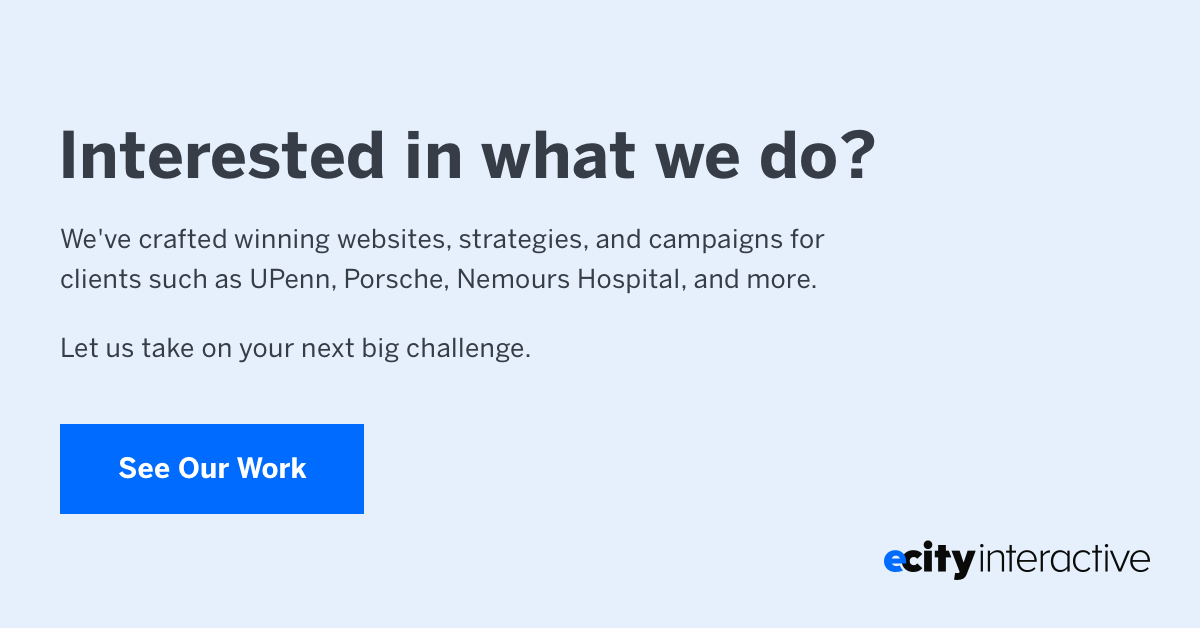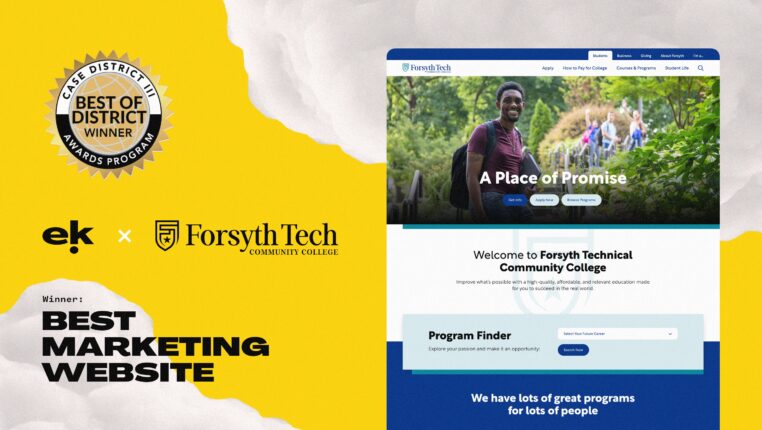Universities don’t solicit donations the same way anymore. If you’re still sending lengthy letters or calling prospects on the phone, you might as well exchange your computer for a typewriter and make the aforementioned calls on your rotary phone. Today’s alumni expect more than that.
In our recent digital engagement and stewardship webinar, we discussed the tipping point that Universities must reach to fully engage their audience. We define the tipping point as “the point where additional or incremental changes that may not seem extraordinary are just the right amount of change that will…lead to exponentially higher engagement and increased giving.”
Webinar: A New Era of Digital Engagement & Stewardship – This webinar reviews how organizations increase their credibility and conversion rates with potential donors by looking at global giving trends, content personalization, and new technology that show gifts’ impact.
If you’re hoping to create this type of change in your own program, implement some of the following strategies to boost engagement.
Spotlight Your Donors on Your Blog & Email Newsletters

People love to see their names in print.
Public recognition can serve as a vital catalyst for donations. Not only does the donor-of-the-hour see his or her name in print, but other prospective donors witness the act and want to join the fray.
You could spotlight a specific donor once a month on your blog, for instance, or in your email list. Interview the donor about his or her activities after leaving your school, giving accolades for accomplishments and discussing fond memories from the college days. It’s a fun way to stay connected, but you’re using digital media to spread the message far and wide.
A donor spotlight program seems like a small thing, but it can generate significant engagement and results. It’s a unique strategy that focuses on one specific person and makes both the subject and the school more relatable.
In a recent blog post, Help Scout highlights the benefits and best practices for customer spotlight campaigns in the commercial sector. According to Paul Jun, it’s a great way to promote the organization and to get to know your prospects. The more you know about potential donors, the easier it becomes to communicate with them.
Spotlight Your Needs

Specifics can make or break your donation solicitations.
Imagine for a moment that a stranger walks up to you on the street and says, “Hi, I’m from ABC University and I’m collecting money for the school. Could you give a few dollars to the cause?”
Now imagine that you encounter a different stranger a few minutes later. He says, “Hi, I’m from ABC University and we have a really strong biomedical science program. Our students are future doctors, scientists, and researchers who want to find cures for diseases and make humanity safer, so we’re saving money for an electron microscope that will enrich the learning experience. Could you help us out?”
For which stranger would you immediately open your wallet and pull out a few bucks?
Specificity can make a tremendous difference in your ability to digitally engage with potential donors, whether they’re alumni, community leaders, or someone else entirely. If you can tell your prospects how you’ll spend the money and why the cause is essential, they are more likely to suppose the cause.
Spotlight Potential Value
Content marketing is one of the most effective ways to reach any target market. Educating and informing your audience equips your prospects with knowledge demonstrates that you care about their well-being. You can use this same strategy to digitally reach your donors.
For instance, you might set up an alumni mailing list for young graduates. You’ll provide weekly tips on topics that are of specific interest to them, such as job interviewing, leadership, and finance. Since you’re providing something of value, your audience won’t mind the occasional solicitation for donations.
Plus, since they’re grateful for this free service you’ve provided, they’ll feel more inclined to part with their hard-earned money. Essentially, you’re creating a weekly reminder that your university helped these students achieve their goals. Even if they can’t give now, maybe they will a few years down the road when they’ve established themselves in their careers.
When you create calls-to-action for this email list, emphasize the value your prospects will receive. Explain that the list is simply the gateway to value-packed emails that can help young professionals make the right choices early in their careers.
White Paper: Improve Donor Relations and Outreach with Young Alumni – Download our white paper and find out how your development departments can achieve better results with young alumni through digital outreach and engagement.
Spotlight Current Students
Maybe you’re raising money for a scholarship program or you’re in need of donations for a particular college at your university. Bringing your market’s attention to specific students can encourage donations faster than any other strategy.
Highlight each student’s accomplishments, background, goals, areas of interest, and personality. Take lots of photographs so you can share visuals as well as text. Video interviews can also prove effective for this purpose.
Essentially, you’re illustrating the impact your school has on specific people rather than a large group. There’s even a name for it: “statistical numbing.” One study found that, when asked to donate to eight children, the average participant offered $5. However, when asked to donate to one child, the average donation increased to $11.
It boils down to abstraction. It’s easy for your prospective donors to imagine how their contributions might impact a specific individual whose face they’ve seen and whose aspirations they’ve learned. However, it’s far more difficult to comprehend the impact of a donation on a university’s thousands of students. The human brain can’t picture it, so donors tune out.
Consider creating a blog category — or even a separate blog — where you’ll profile current and past students. Create an in-depth overview of each subject’s life so potential donors can connect emotionally with them. End each piece with a CTA that requests donations.
Increasing digital engagement isn’t much different from increasing offline engagement. You’re establishing rapport with your audience and hitting a few emotional buttons.




